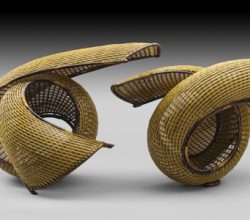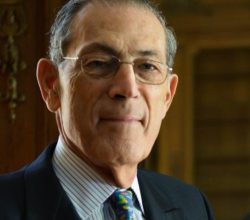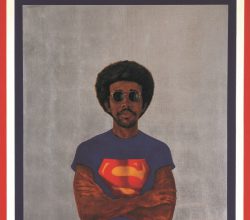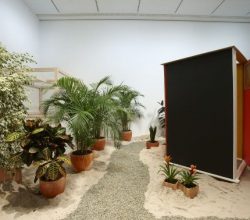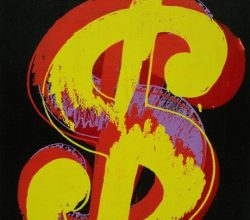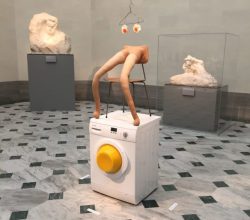
Body talk: YBA Sarah Lucas meets modern master Auguste Rodin
Charlotte Jansen | Wallpaper | 18th July 2017
Sarah Lucas’s ingenuity in using everyday objects has been compared to Picasso. Her work often exposes gender stereotypes in traditional art. A San Francisco gallery is exhibiting her alongside its Rodin collection. Says the curator “I wanted to introduce a contemporary female perspective that was equally profound [as Rodin] in how it challenges conventions of representation – especially in relation to the female body.”

